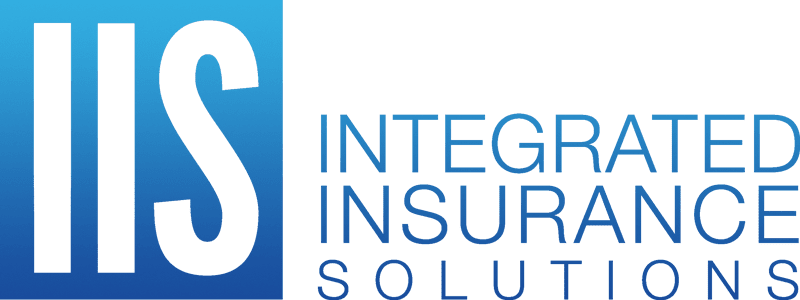
When shopping for a health insurance plan, it is important to understand the language. Like any specialized subject, health insurance has its own terminology. Learning what the terms mean makes it possible to understand the costs and benefits of any given plan and how it compares to others. You need to know the following eight terms before choosing a health insurance plan.
Deductible
A deductible is an amount you must pay out of pocket every year for covered medical expenses before your health insurance will kick in. For example, if you have a $1,000 deductible, your health insurance plan will not start paying out until you have spent $1,000 for healthcare that year, at which point your coverage will go into effect. The deductible starts over again at the beginning of every year and must be met before the coverage begins. However, certain preventative care, such as an annual wellness visit, may be covered under some plans before the deductible is met.
Premiums
Your premiums are the purchase payments for your health insurance policy. You may pay premiums monthly, quarterly, or annually (usually monthly), depending on the plan. Tax credits are available to offset the cost of health insurance purchased on the Affordable Care Act marketplace.
Copayment
Also known as a “copay,” this is the amount you are required to pay every time you receive certain types of medical care, such as an office visit. For example, you may have to pay $30 to visit a specialist or $60 for an emergency room visit.
Coinsurance
Under some health plans, once you have met your annual deductible, you pay a percentage of your medical costs. This percentage is your coinsurance. If the cost of your treatment is $100 and your coinsurance is 20%, you pay $20, and the insurance company pays $80.
Out-of-Pocket Maximum
This is the total maximum you must pay out of pocket in any given year, including deductible, coinsurance, and copays. It does not include premiums. Once you have met the maximum, the insurance company pays for all covered expenses for the remainder of the year.
HMO
A health maintenance organization (HMO) is a type of health insurance plan that offers the least flexibility in choosing a provider. You must go to a provider within the plan’s network for healthcare services to be covered.
PPO
A preferred provider organization (PPO) is a type of health plan that may allow you to visit a doctor or specialist outside of the plan’s network without a referral from a primary care physician. However, if you do so, it will probably cost you more.
Health Savings Account
A health savings account (HSA) allows you to set aside pre-tax dollars for medical expenses, lowering your tax bill. Funds remaining in an HSA at the end of the year will roll over to the following year.
If you would like professional assistance in choosing a health insurance plan, our friendly agent is happy to help.
